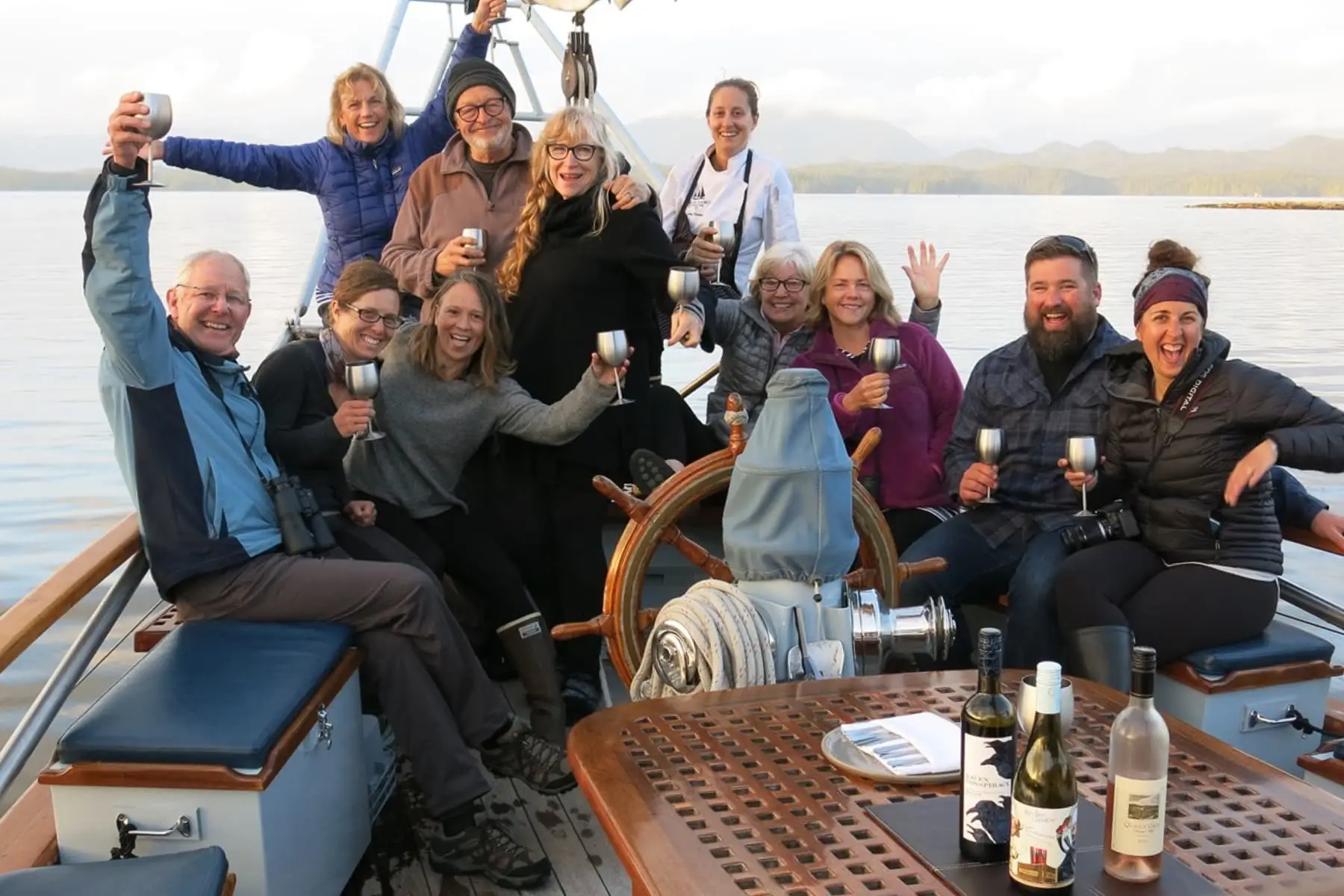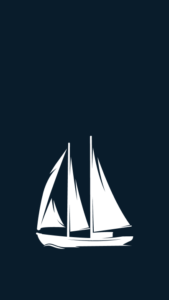
2018: An Expedition Year in Review
Our 2018 season began exploring our own backyard of the Southern Gulf Islands. We experienced some fantastic spring sailing days and foraged the days away with our nature-inspired Chef Erin, as she introduced us to the culinary delights of maple blossoms, stinging nettle, seaweeds, and edible wildflowers. We enjoyed spot prawns and fresh crab for wild West Coast feasts. Migratory shorebirds returned to the Gulf Islands National Park Reserve for some excellent birding opportunities. Our crew and guests discovered fossils, midden beaches, and ancient orchards, and spent our days exploring the incredible intertidal as our hours of daylight increased with each day.
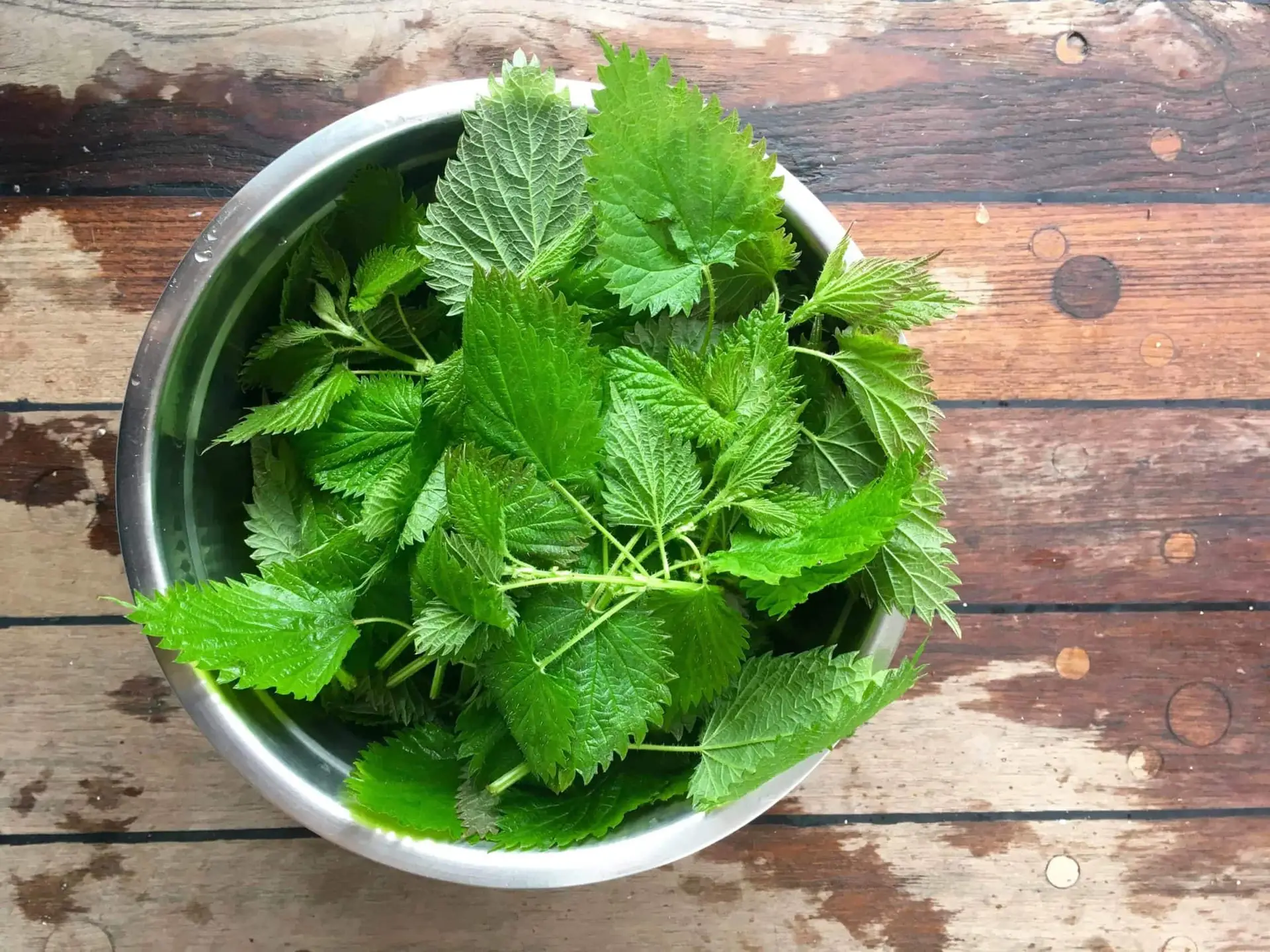
Upon leaving the Gulf Islands, we turned our compass north to commence our seasonal migration aboard the Passing Cloud. We made sure to stop in Northern Vancouver Island’s Johnstone Strait and Blackfish Sound on our way to see if we could catch a glimpse of the returning humpback and killer whales of the region. We learned about the Kwakwaka’wakw and Namgis First Nations at U’mista Cultural Centre in Alert Bay and explored the many islands of the Broughton Archipelago – locally known as the “Mainland” – including a visit to Billy Proctors’ Museum.
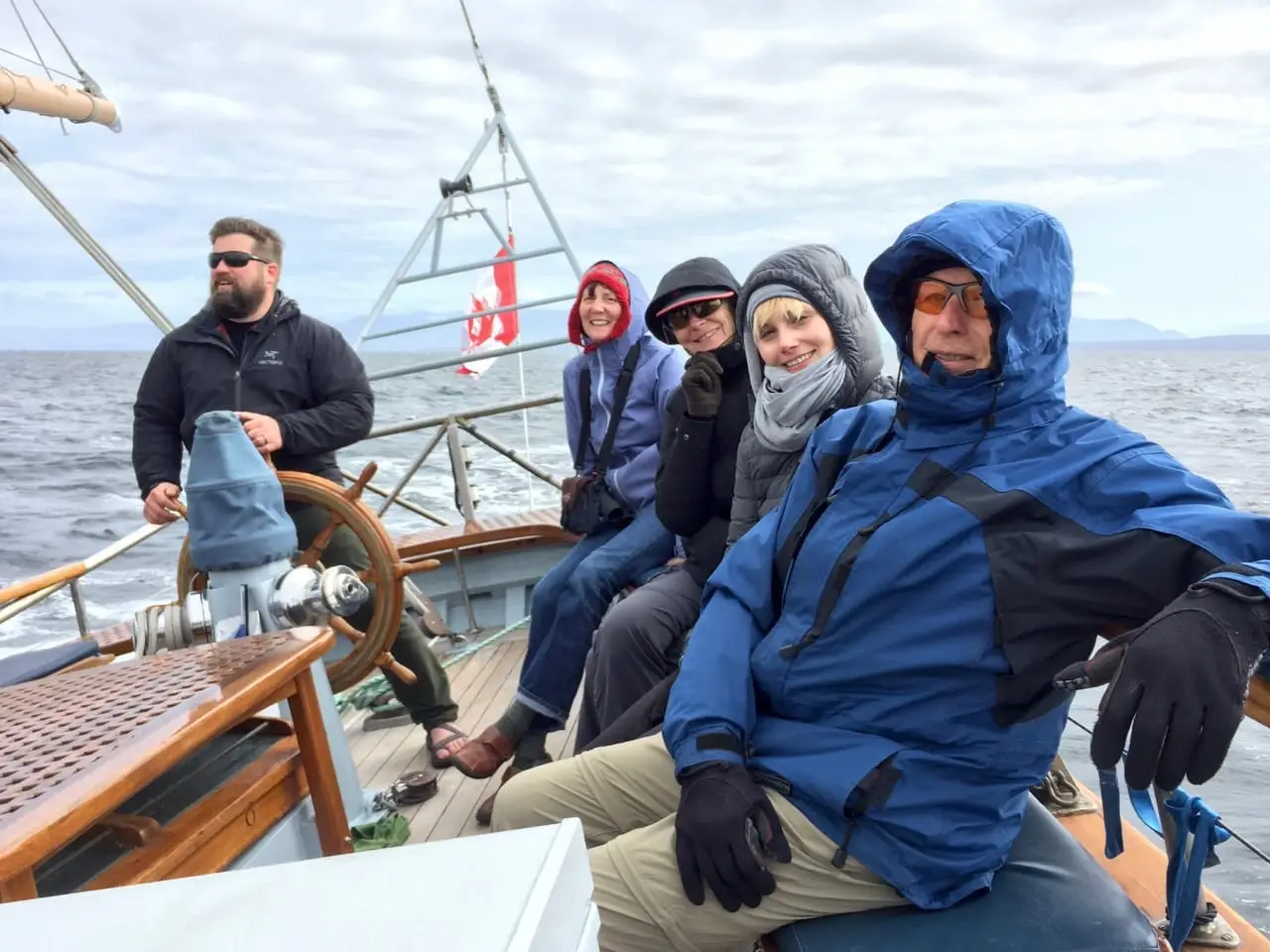
This spring we offered a very special expedition: Our inaugural “Explorer Series” expedition. With six intrepid adventurers, we set out for the great unknown. We spent 7-days and 6-nights sailing from Port McNeill, into the Broughton’s, north around Cape Caution, and up the Central Coast to Bella Bella. The wildlife certainly did not disappoint – we counted 58 different species from seabirds to marine mammals. We had opportunities to explore regions that the Passing Cloud and crew had never been to before. We discovered some incredible pockets of paradise that we know we’ll be back to explore again. With each inlet, island, beach, and cove we visited, a regular thought occurred – “Wow, we could spend a week exploring just right here!”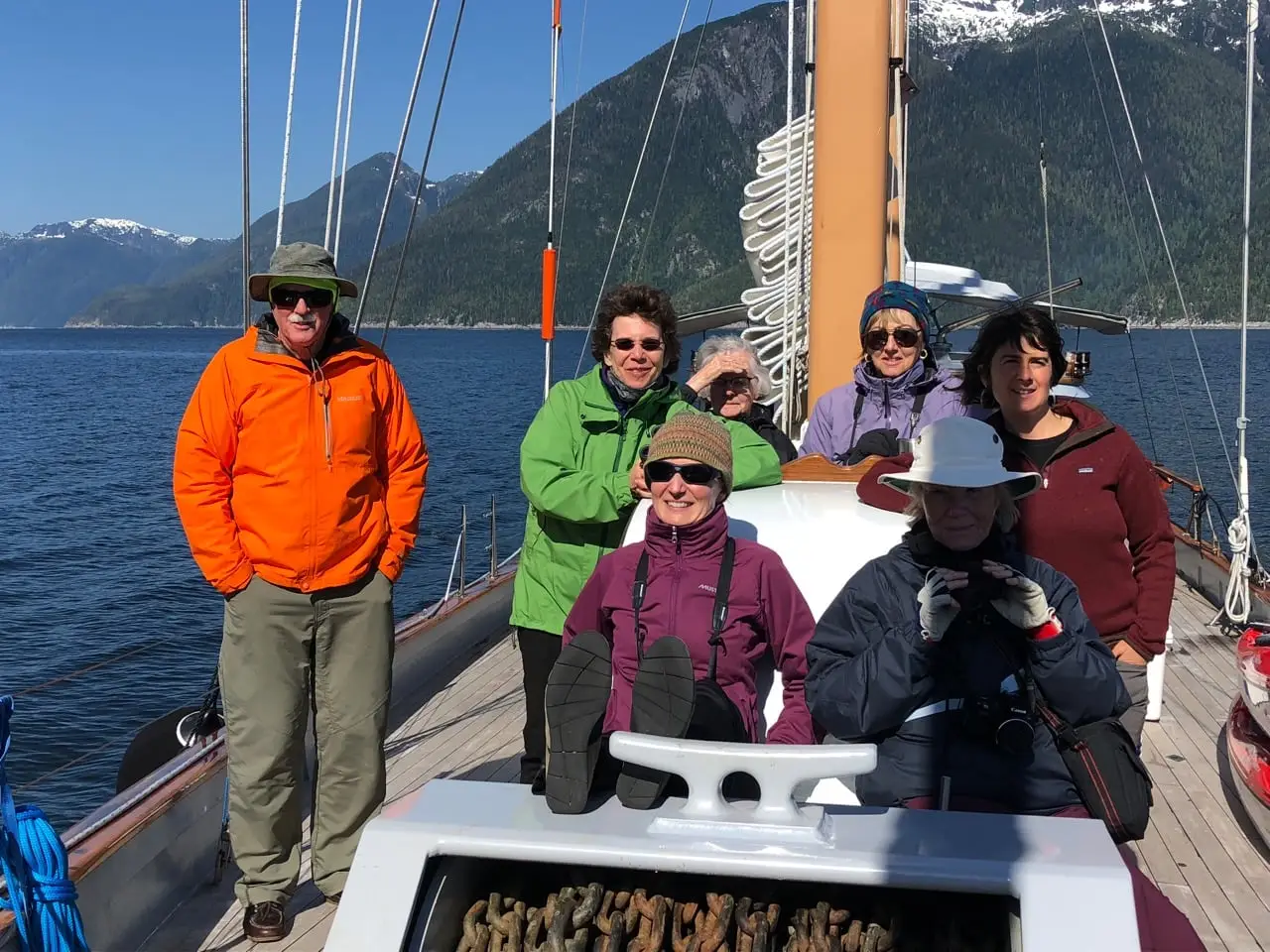
From Bella Bella we set out to experience Spring in the Great Bear Rainforest. We walked the white sand beaches of the outer islands and sauntered through striking landscapes of green estuaries, and wildflowers in bloom against the spectacular snow-capped peaks of the Central Coast mountains. We visited the Hakai Institute on Calvert Island and learned about current science and research projects being conducted on the coast. Each day provided amazing wildlife encounters with whales, dolphins, sea otters, and emerging grizzly bears. We’re excited to return in the spring of 2019 as we’ll be exploring from Bella Coola, a new region for Outer Shores.
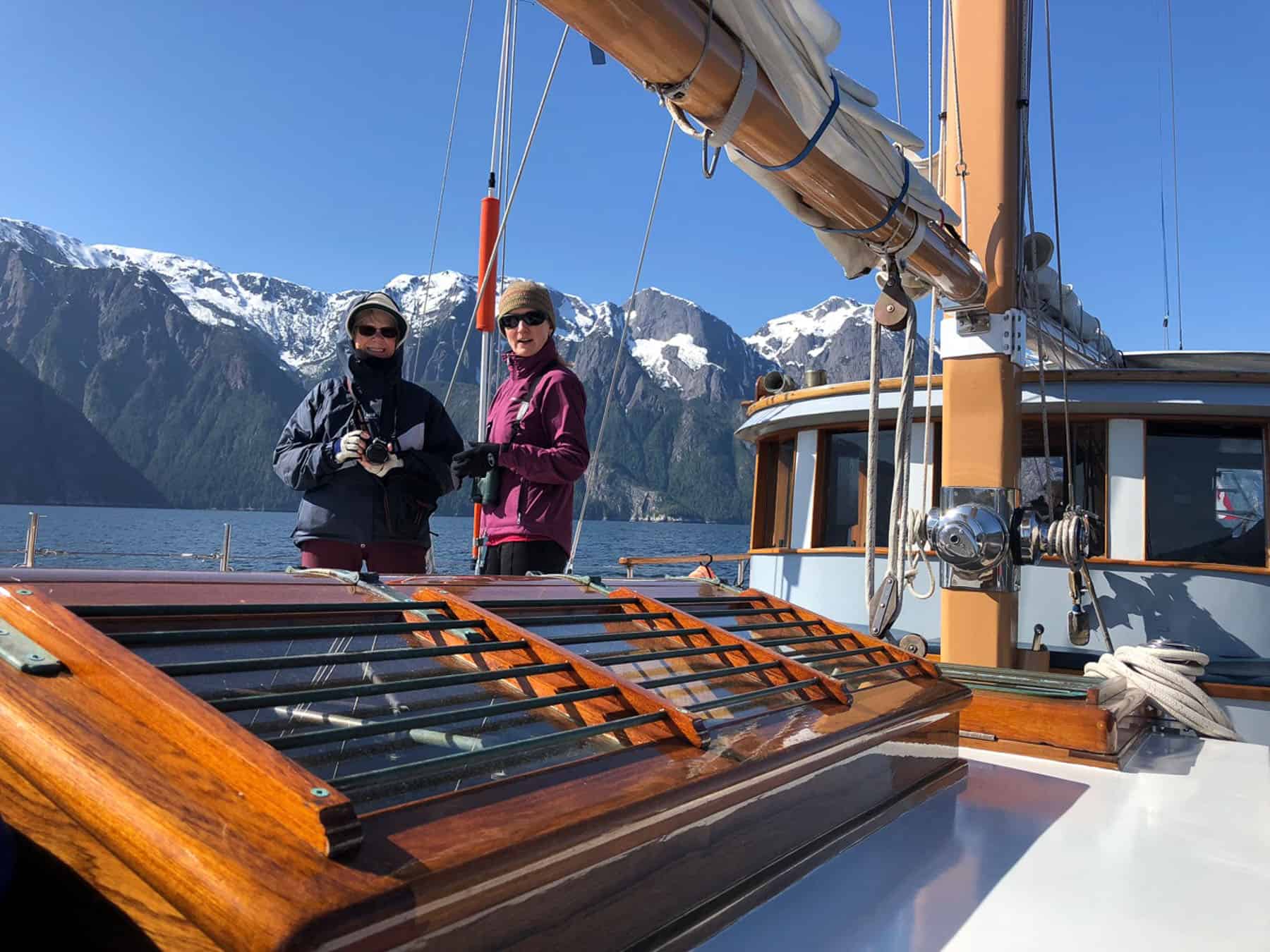
Our Haida Gwaii season was not short of adventure on the edge of the continental shelf! We began all of our expeditions with a land tour on Graham Island that included an immersive introduction to the Haida way of life. We were welcomed by a traditional Haida feast at Keenawai’s Kitchen for a taste of the cultural culinary delights of the islands. Next stop was a visit to the Haida Gwaii Museum for private tours led by Haida archaeologist and museum curator, Sean Young, for a preview into the world we would set out to observe firsthand.
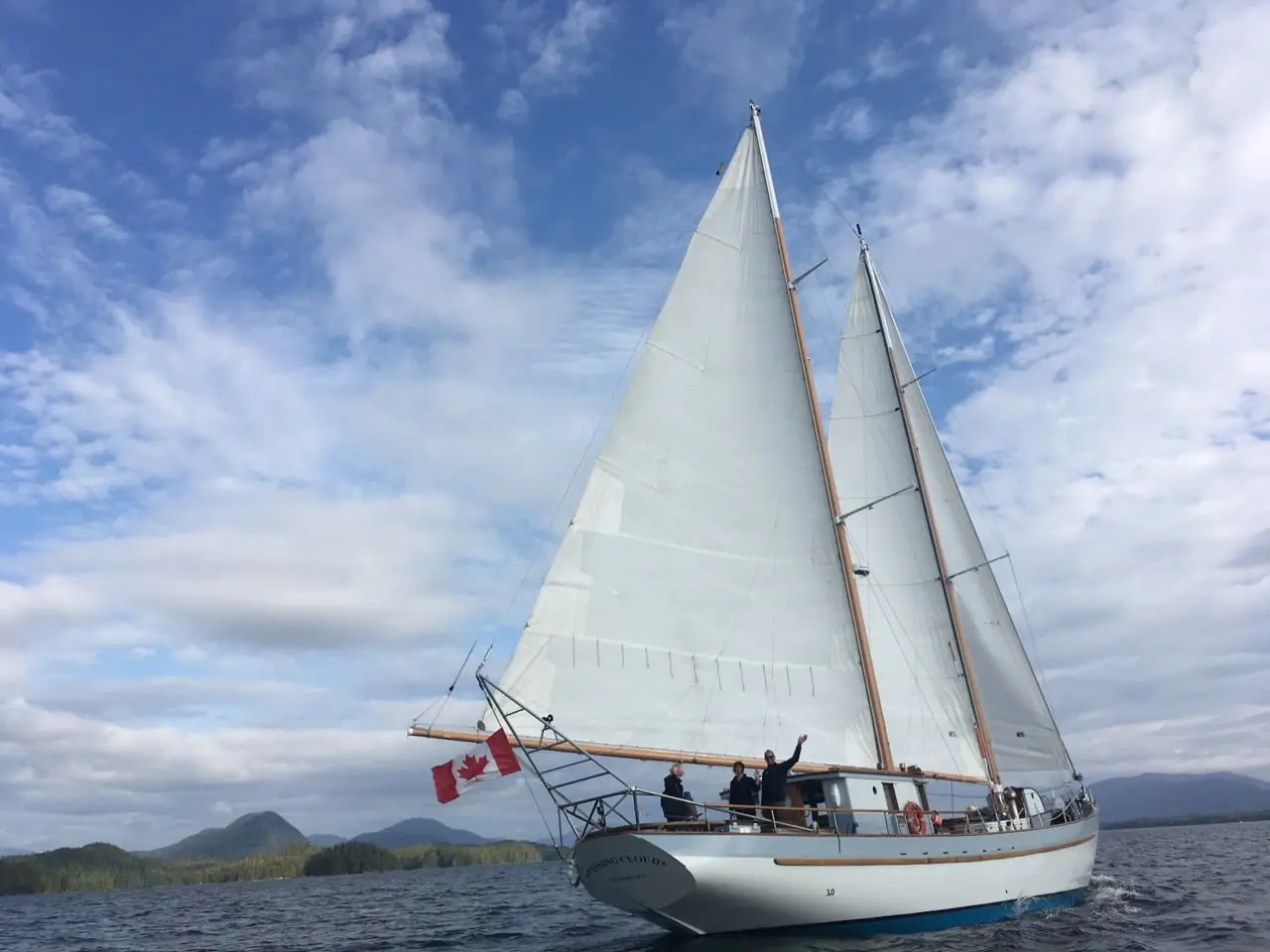
Our days in Gwaii Haanas were spent sailing and wandering the diverse land and seascapes, always on the lookout for wildlife and places of cultural significance. Our marine mammal sightings this year were incredible, with many encounters with killer, humpback, and fin whales, Risso’s dolphins, and even a sea otter too. We had fantastic birding with eagles, ravens, albatrosses, puffins, auklets, petrels, mergansers, fulmars, petrels, and countless shorebirds. On land, we had many sightings of Haida Gwaii black bears (Ursus americanus carlotte) – the largest subspecies of black bear – as they foraged in the rich intertidal zone. Our visits with the Haida Watchmen always provide us so much knowledge into this culturally-rich land. We’re amazed anew every year to learn more about the deep cultural history of the Islands of the People.
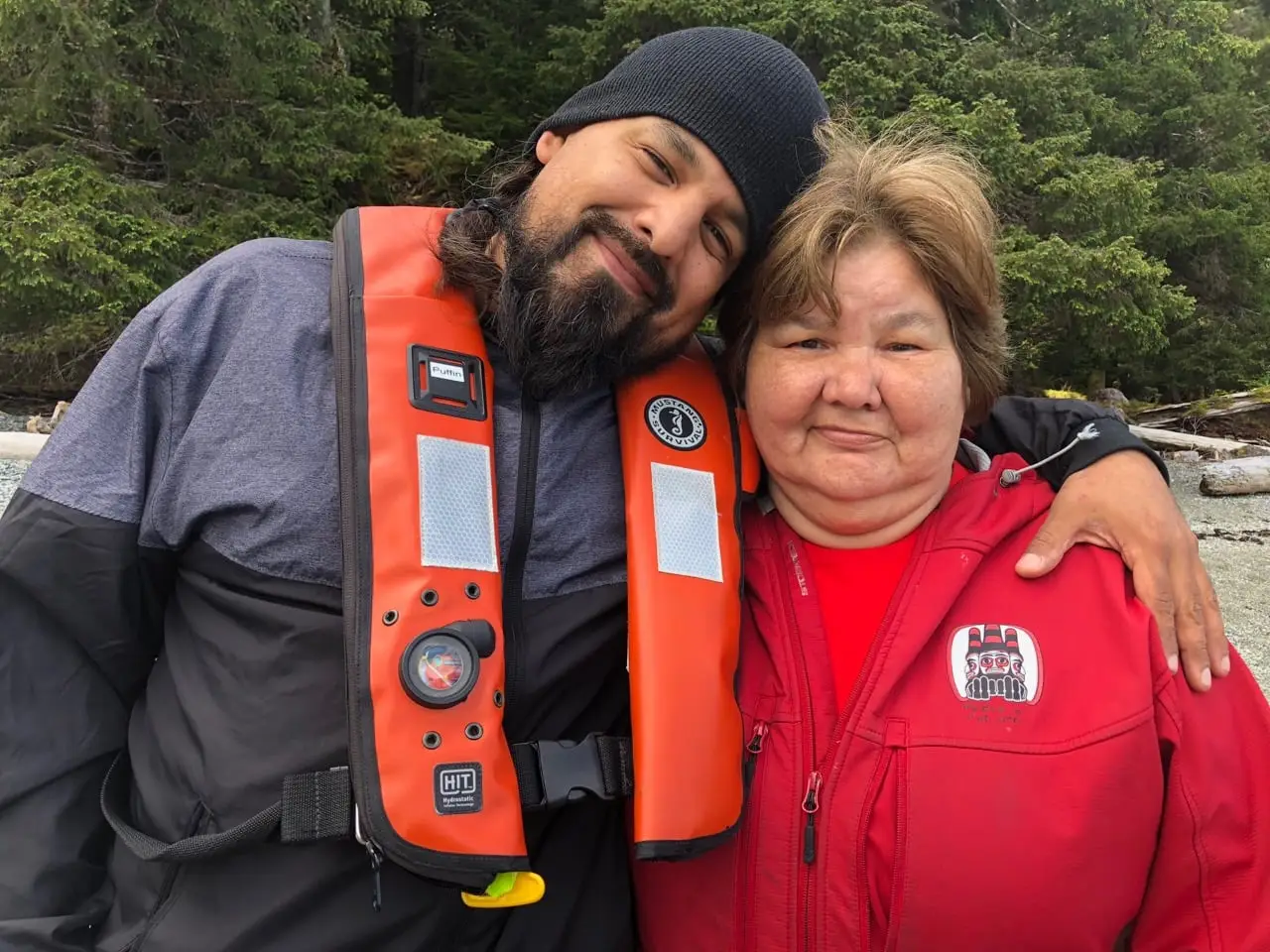
During our 120 nautical mile crossing from Haida Gwaii to the Central Coast, our crew encountered not only fin whales and Pacific white-sided dolphins, but also a large basking shark, approximately 18 feet in length. Once abundant on the BC coast, these ancient filter-feeding fishes were culled to reduce conflicts with gillnet fisheries, and are now extremely rare. This was our first basking shark sighting ever.
Our summer in the Great Bear Rainforest was atypically hot and dry. With very little rainfall, most of the creek beds on the central coast were but a trickle, waiting to be replenished in time for the salmon to return. Because of this, we spent more time exploring more remote beaches and islands than ever before, and had extraordinary encounters in this “Whale Haven” with humpback, fin, and killer whales, wolf packs in remote inlets, Dall’s porpoises, Pacific white-sided dolphins, Steller sea lions, harbour and elephant seals, and large rafts of sea otters.
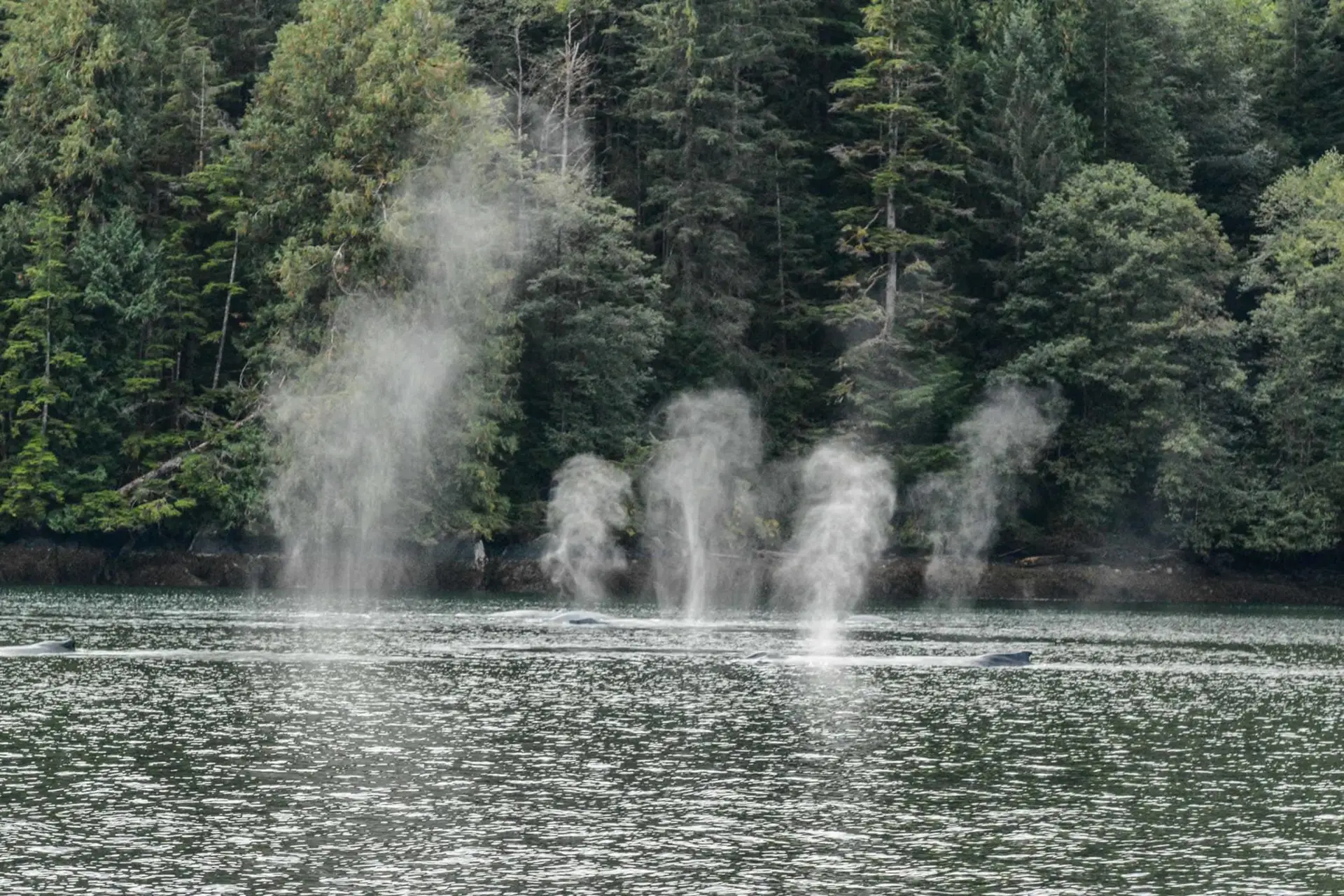
As the rains eventually began, the creeks began to swell and the rainforest reclaimed its namesake to welcome home the Pacific salmon on their annual migration upstream. We were amazed at the abundance of wild huckleberries, blueberries, and crab apples, all favourites for the bears and birds of the Central Coast. For our Great Bear Rainforest fall expeditions, we had amazing encounters with black bears and grizzly bears, including a grizzly bear sow with three boisterous cubs. By the time early October arrived with beautifully cold clear days and the first frost of the year, it was time for us to migrate home to Southern Vancouver Island.
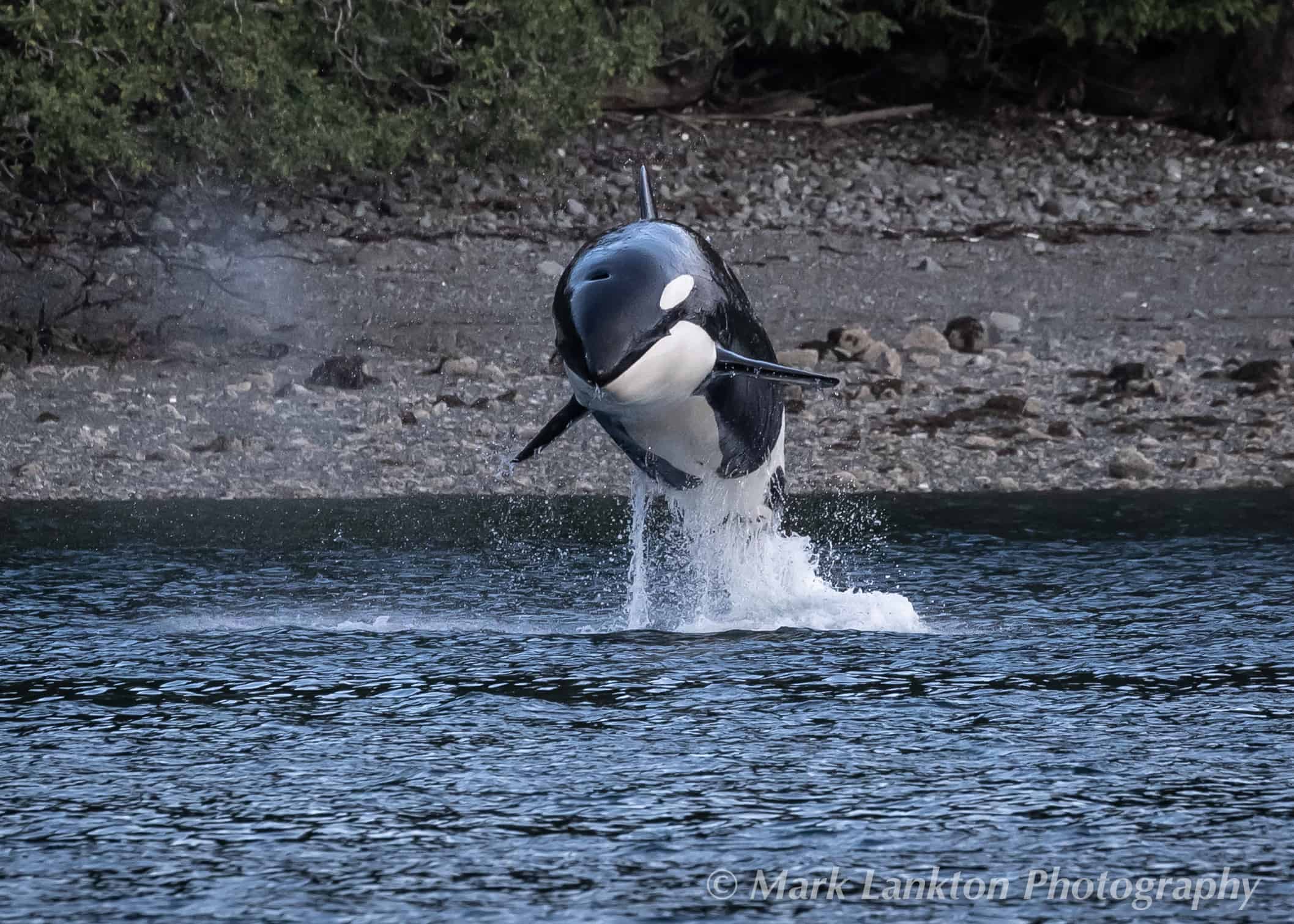
Our 2018 season was filled with so many delightful encounters that it is hard to summarize each day, let alone 191 days spent exploring this expansive coast aboard our beloved Passing Cloud. With memories to last a lifetime, we are already busy planning our 2019 and 2020 seasons, which are just around the corner! Thank you for joining us on our journeys this year. We look forward to new and exciting adventures with you in the near future!
